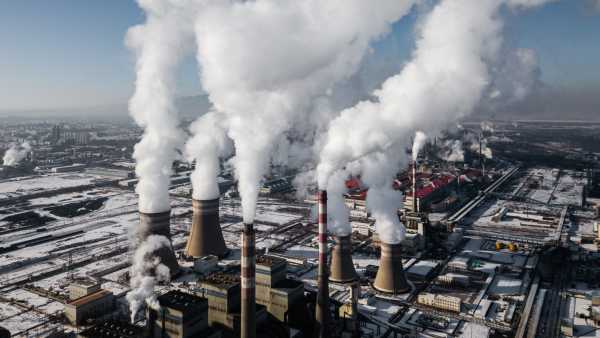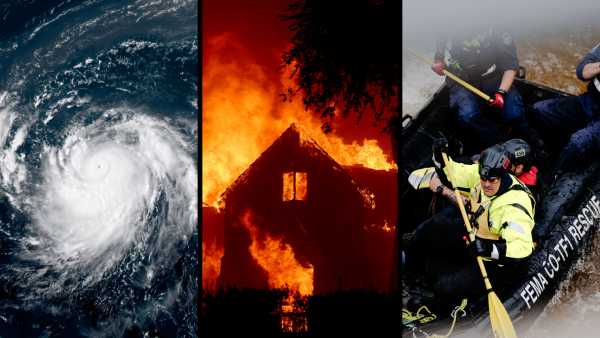
The newly discovered magma cap is located 2.6 miles (3.8 kilometers) below Yellowstone's surface. (Photo credit: Xiyu Zhang via Getty Images)
A new study has shown that the Yellowstone supervolcano contains a “breathing” cap of magma that could help predict when the next eruption will occur.
Yellowstone hasn’t erupted in hundreds of thousands of years, but it’s still a very active system. This newly discovered cap, 2.6 miles (3.8 kilometers) underground, functions as a lid, according to a recent report. Not only does this cap trap a significant amount of heat and pressure inside, it’s also porous enough to continually release some of that pressure, preventing a catastrophic eruption.
The discovery of the cap allows researchers to better understand where Yellowstone's magma begins and provides new insights into the nature of this ancient volcanic system. The researchers published their findings April 16 in the journal Nature.
“We’ve known for decades that magma exists beneath Yellowstone, but the exact depth and structure of its upper boundary have been a mystery,” study co-author Brandon Schmandt, a professor of earth, environmental, and planetary sciences at Rice University, said in a statement. “We found that this reservoir is not closed — it’s been around for millions of years, but it remains dynamic.”
Yellowstone is one of the largest volcanic systems on the planet. The volcano has erupted three times in the past 2.1 million years, most recently 640,000 years ago, covering an area of 2,900 square miles (7,500 square kilometers). Researchers do not expect Yellowstone to erupt again for many thousands of years, and there is no guarantee that another catastrophic eruption like those in the past will occur. However, volcanic eruptions are difficult to predict, and scientists still have much to learn about the Yellowstone system.
Schmandt and his team focused their new study on the northeastern portion of the caldera, where previous studies had suggested the next eruption might occur. The team used a 53,000-pound (24,000-kilogram) vibroseis truck to determine the depth of the upper magma system. These trucks create small earthquakes that send seismic waves into the ground, bouncing off different layers of the Earth. The researchers then recorded when the reflected waves returned to the surface, according to the report.
Once they had determined the depth, the team used computer models to determine that the cap layer was likely made up of molten minerals and supercritical water bubbles within porous rock. Bubbles that build up in a volcanic system can increase pressure and contribute to eruptions. But at Yellowstone, the researchers found that the bubbles rise and then burst through the porous cap, releasing pressure and reducing the risk of an eruption. Schmandt likened the system to “steady breathing.”
“While we identified a volatile-rich layer, its bubble and melt content are below levels typically associated with an impending eruption,” Schmandt added. “Instead, the system appears to be efficiently releasing gas through cracks and conduits between mineral crystals, which I think makes sense given Yellowstone’s abundant hydrothermal features that release magmatic gases.”
Sourse: www.livescience.com





